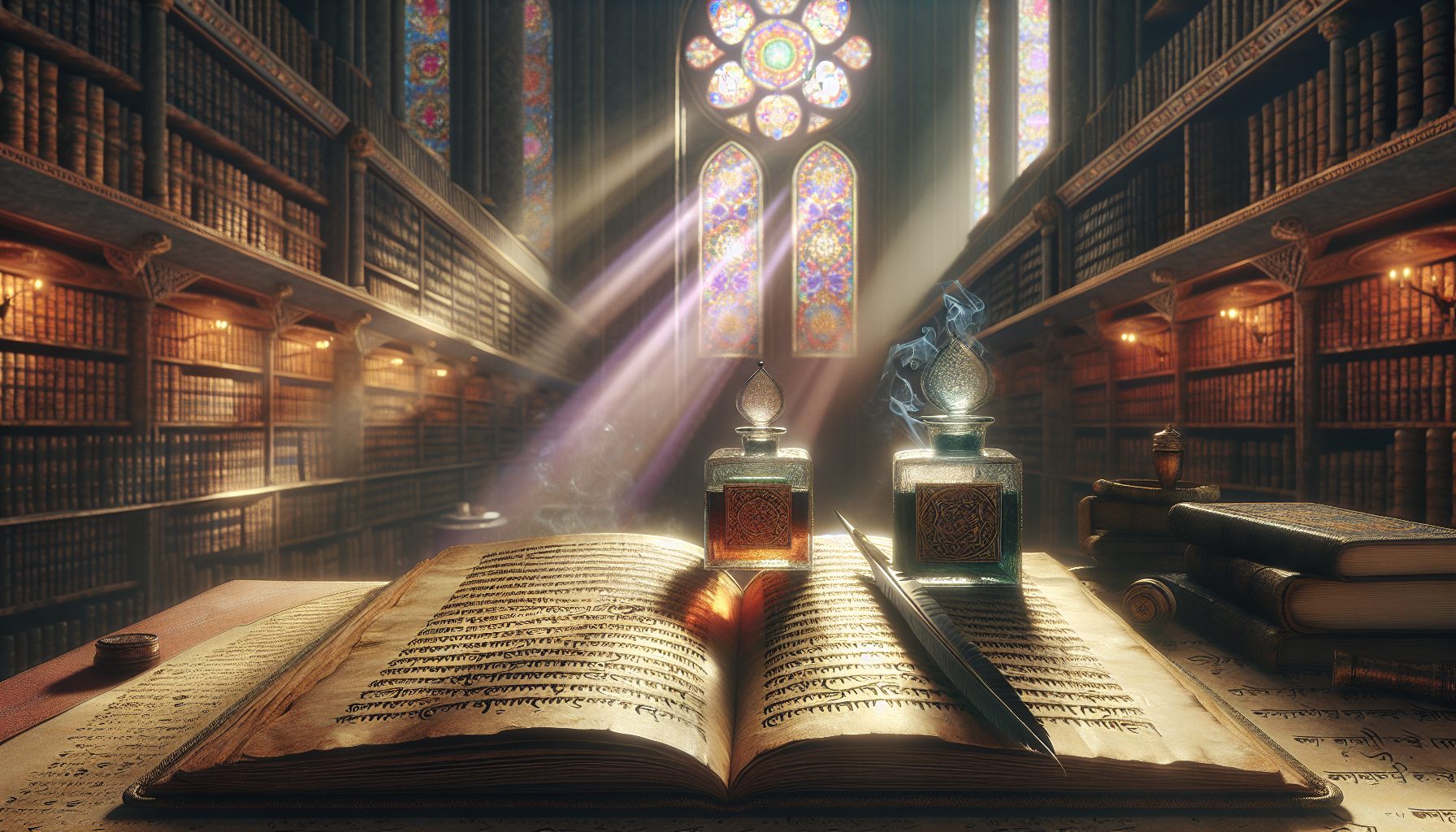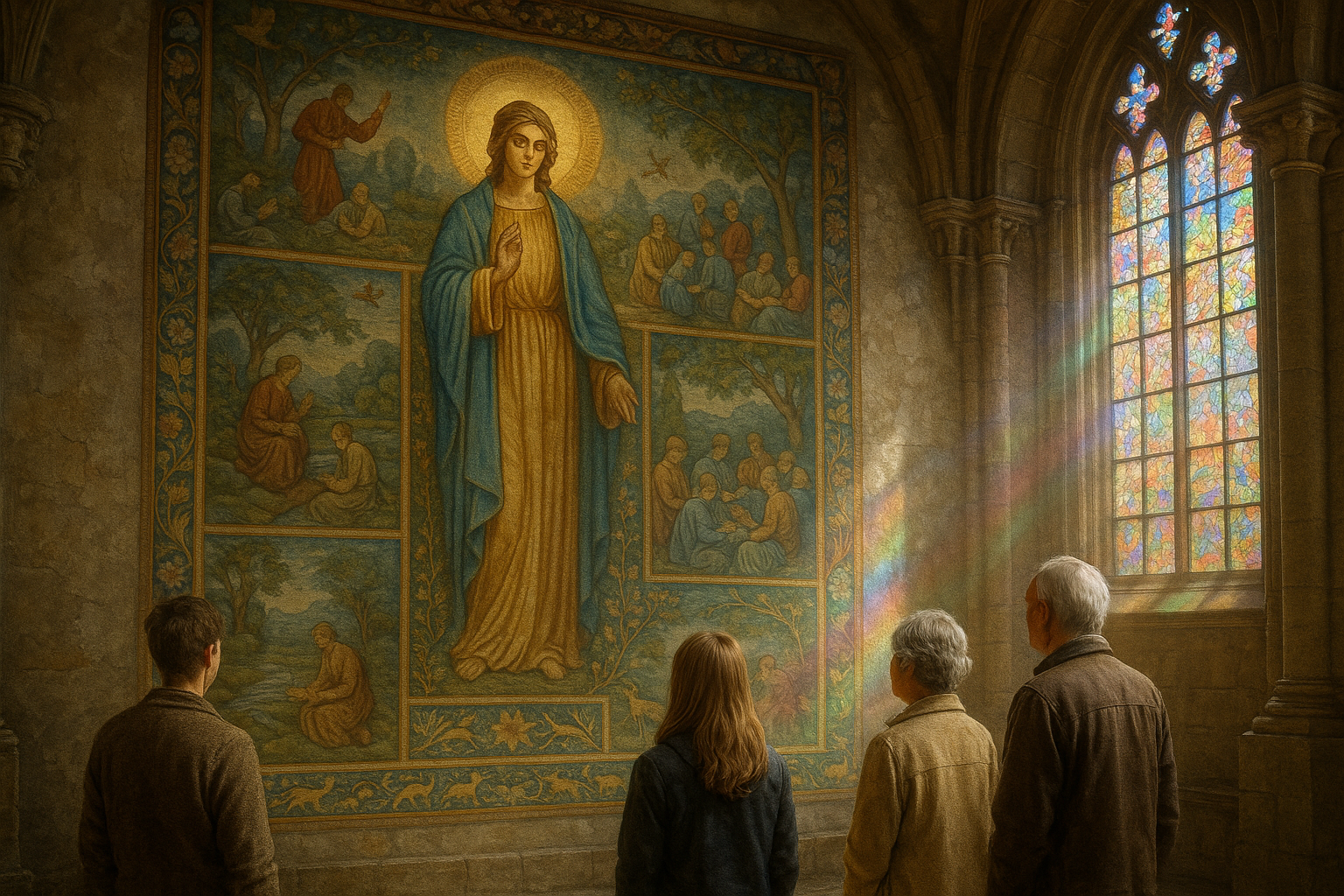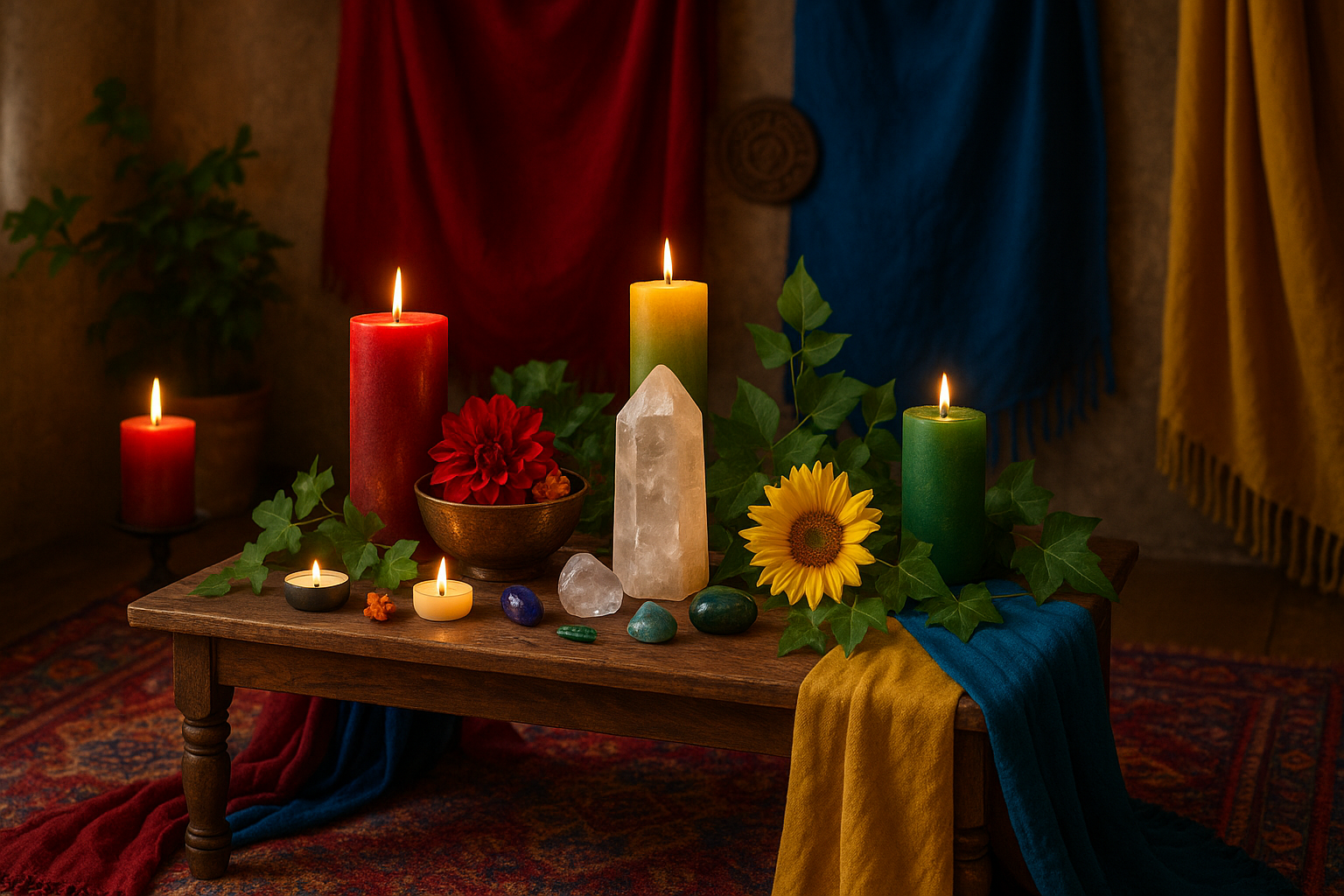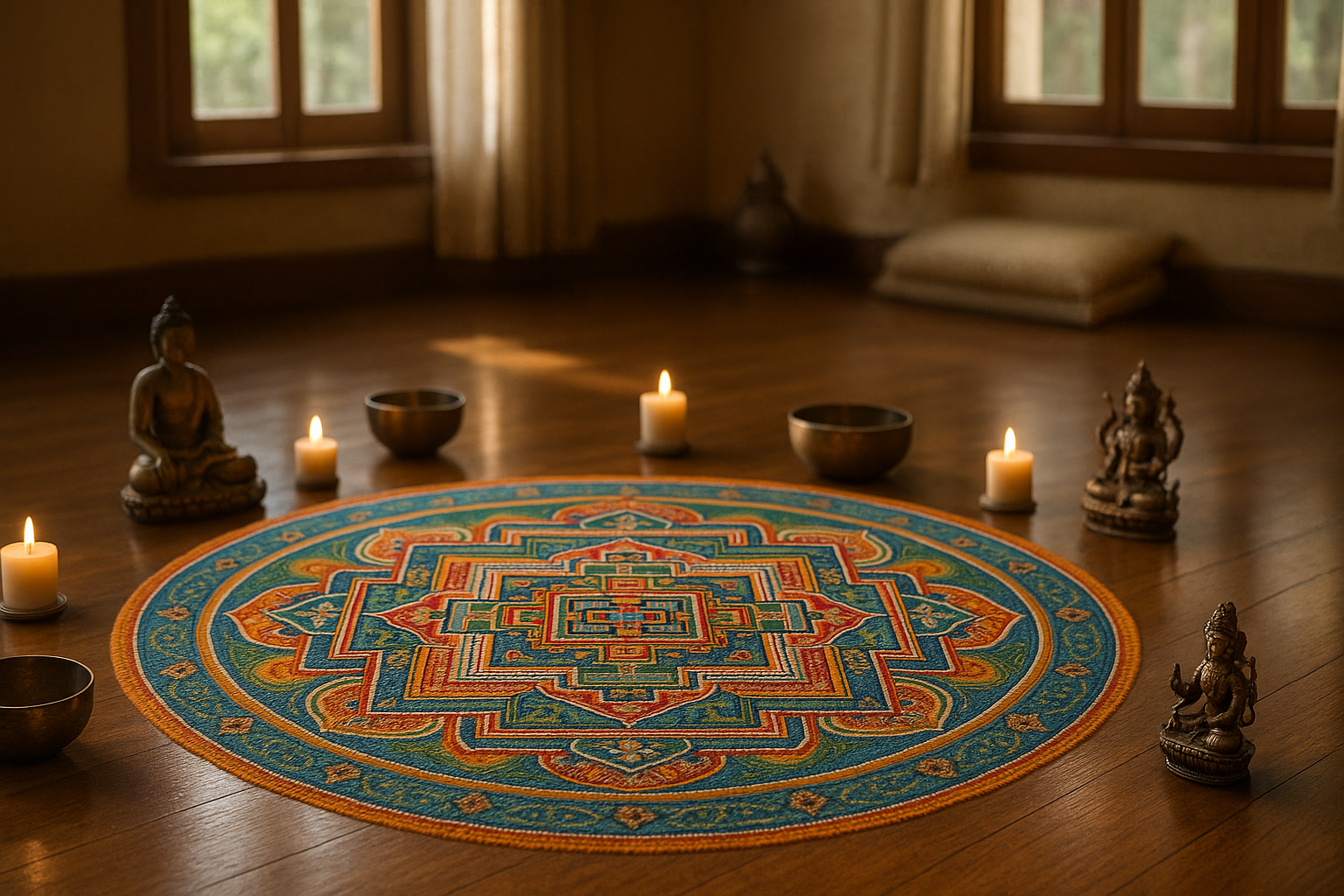In the world of sacred texts, where the words themselves hold a profound power to inspire, guide, and transform, there exists a lesser-known yet equally captivating element: the scented inks used in their creation. These inks, imbued with divine fragrances, serve not only as a medium for inscribing sacred wisdom but also as an olfactory bridge between the mortal and the divine. This article embarks on a journey through time and across cultures to explore the mystique of scented inks in sacred texts, unraveling the layers of meaning, tradition, and sensory engagement they bring to the spiritual experience.
The use of scented inks in sacred writings is a practice steeped in history and symbolism. From the ancient temples of Egypt to the serene monasteries of medieval Europe, the infusion of fragrance into inks has been employed as a tool for enhancing spiritual rituals and creating an atmosphere of reverence. Each culture, with its unique set of beliefs and customs, has utilized the power of scent in its sacred texts to evoke certain emotions and states of consciousness. Through an exploration of these diverse traditions, we gain insight into how the ancients perceived the relationship between the senses and the divine, and how these perceptions continue to influence spiritual practices today.
Our exploration will delve into the specific ingredients that have historically been used to create these aromatic inks, such as myrrh, frankincense, and sandalwood, each carrying its own symbolic significance and historical background. We will investigate how these scents were chosen not merely for their pleasant aromas but for their capacity to elevate the mind and spirit, facilitating a deeper connection with the sacred. Furthermore, we will examine the intricate processes involved in crafting these inks, from the selection of raw materials to the careful blending and preservation techniques that ensure their longevity and potency.
As we journey through this fragrant landscape, we will also consider the modern implications of reviving the art of scented inks in contemporary spiritual and artistic practices. How can these ancient techniques be adapted to fit the needs of today’s seekers of the divine? What role can scent play in enhancing personal and communal spiritual experiences in an age where digital text reigns supreme? By drawing parallels between the past and the present, we aim to inspire a renewed appreciation for the multisensory dimensions of sacred texts, inviting readers to embrace the full spectrum of human perception in their spiritual journeys. 🌿✨
The History and Significance of Scented Inks in Sacred Texts
Throughout history, the use of scented inks has been an intriguing element in the production of sacred texts. The mystique of these inks goes beyond mere decoration or aesthetic appeal; they are imbued with deep cultural, religious, and symbolic significance. Scented inks have been employed by scribes and religious scholars to invoke the divine, enhance meditation, and convey spiritual purity. The journey of these scented inks through various cultures highlights their importance in the religious and spiritual domains.
One of the earliest documented uses of scented inks dates back to ancient China, where the tradition of perfumed ink was associated with Confucian scholars and Buddhist monks. These inks were often infused with natural fragrances such as sandalwood, agarwood, and jasmine. The aroma was believed to aid in focusing the mind, thus facilitating deeper meditation and understanding of sacred texts. This tradition was not merely an indulgence but a reflection of the harmony between sensory perception and spiritual enlightenment.
In medieval Europe, particularly during the Renaissance, scented inks found their place in illuminated manuscripts and religious texts. Monks in scriptoriums would sometimes add a touch of scent to the ink used in copying the Bible or other sacred works. The addition of fragrances like lavender or rose was thought to create an atmosphere of sanctity, enhancing the spiritual experience of reading and contemplation. This practice underscored the belief that every aspect of creating sacred texts should reflect divine beauty and purity.
The Composition and Preparation of Scented Inks
The creation of scented inks is an art that requires meticulous attention to detail. The process involves selecting the right combination of natural ingredients that not only produce a pleasant aroma but also ensure the ink’s longevity and legibility. Traditionally, the base of the ink comprises soot, water, and gum arabic. The scented component is introduced through the infusion of essential oils or by incorporating powdered aromatic substances. This intricate blend is then left to mature, allowing the fragrances to meld seamlessly into the ink.
The choice of scents varies widely depending on cultural and religious contexts. In Islamic calligraphy, for instance, musk and ambergris are popular choices due to their strong, long-lasting aromas. These scents are chosen not just for their olfactory appeal but also for their symbolic meanings. Musk, in particular, is often associated with paradise in Islamic tradition, making it a fitting choice for texts of spiritual significance.
The preparation of scented inks can be illustrated in the following table, showcasing the common ingredients and their purposes:
| Ingredient | Purpose |
|---|---|
| Soot | Provides pigment and depth of color |
| Water | Acts as a solvent to mix the ingredients |
| Gum Arabic | Serves as a binder to hold the ink together |
| Essential Oils/Powdered Aromatics | Adds fragrance and symbolic meaning |
Cultural Variations in the Use of Scented Inks
The use of scented inks is not a monolithic practice; it varies significantly across different cultures and religions. In Hinduism, for example, sacred texts known as the Vedas were sometimes written with inks infused with sandalwood and saffron. These scents are not only considered auspicious but also serve to sanctify the text, aligning it with the divine.
In the Jewish tradition, the Torah is often written with a focus on purity and holiness, though scented inks are less commonly documented. However, the use of aromatic spices during rituals such as Havdalah indicates a cultural appreciation for the interplay between scent and spirituality. This appreciation might suggest a historical, albeit less formalized, use of scented materials in religious texts.
Meanwhile, in Japanese culture, the art of calligraphy (shodo) sometimes incorporates scented inks, particularly during Zen practices. The subtle fragrance of cherry blossoms or green tea is believed to enhance concentration and create a peaceful environment conducive to meditation. This practice reflects the Zen principle of mindfulness, where every aspect of the writing process is a meditation in itself.
Modern Applications and Revival of Scented Inks
In contemporary times, there has been a resurgence of interest in traditional practices, including the use of scented inks. Artists, calligraphers, and even perfumers are exploring the possibilities of these ancient techniques, marrying them with modern aesthetics and technologies. This revival is not merely a nostalgic return to the past but a reimagining of how scent can complement visual art and written text.
Today’s artists often use scented inks in personalized projects, bespoke stationery, and even in the creation of unique art pieces. This trend is driven by a growing appreciation for multisensory experiences, where the visual and olfactory senses are engaged simultaneously. The following video delves into the modern uses of scented inks and their impact on contemporary art:
Watch the video on scented inks in modern art: Scented Inks in Modern Art – Art and Scents Channel
The table below outlines some modern applications of scented inks and the benefits they offer:
| Application | Benefits |
|---|---|
| Personalized Stationery | Adds a unique, personal touch to letters and invitations |
| Art Installations | Creates immersive, multisensory experiences for viewers |
| Calligraphy Workshops | Enhances learning by engaging multiple senses |
- Explore the history of scented inks in ancient cultures
- Discover the symbolic meanings behind different fragrances
- Learn about the revival of scented inks in modern art
The exploration of scented inks in sacred texts and beyond reveals a fascinating intersection of art, culture, and spirituality. These inks serve as a reminder of the profound connection between the senses and the divine, a connection that continues to inspire creativity and contemplation today. As the interest in multisensory art grows, the legacy of scented inks promises to enrich our understanding and appreciation of both the written word and the world around us.

Conclusion
In conclusion, the exploration of scented inks in sacred texts, as detailed in this article, opens up a fascinating intersection of art, spirituality, and sensory experience that has long captivated scholars and enthusiasts alike. Throughout the text, we have delved into the historical significance of these inks, which date back to ancient civilizations where the olfactory experience was integral to religious and cultural practices. The use of scented inks in sacred texts not only enhanced the spiritual ambiance but also served as a bridge connecting the divine with the earthly realm.
One of the key points discussed was the variety of scents used in these inks, each chosen for its symbolic significance and its ability to evoke specific emotional and spiritual responses. For instance, myrrh and frankincense, often used in religious ceremonies, were also common in the composition of these inks due to their associations with purification and sanctity. The use of these fragrances helped to elevate the act of reading or reciting these texts, transforming it into a multisensory ritual.
Additionally, the cultural and historical context provided insights into how different societies integrated these scented inks into their religious traditions. From the illuminated manuscripts of medieval Europe to the intricately crafted scrolls of East Asia, each culture developed its own unique approach to the use of fragrance in sacred writings, reflecting broader religious and philosophical beliefs.
Furthermore, we explored the technological and artistic innovations that allowed for the creation of these scented inks. The artisans and scribes who mastered the craft of ink-making were highly revered, as their work required a deep understanding of both the materials and the spiritual significance of their creations. Their contributions underscore the enduring human quest to infuse the divine into the tangible.
The exploration of scented inks is not merely an academic pursuit but a reminder of the profound ways in which human creativity can enhance spiritual practices. It calls us to appreciate the subtleties of our cultural heritage and to consider how modern interpretations might incorporate these ancient traditions. Whether you are a historian, a spiritual seeker, or simply an admirer of the arts, the mystique of scented inks offers a rich tapestry of inspiration.
As we conclude this exploration, it is important to acknowledge the ongoing relevance of these practices in contemporary times. With a growing interest in mindfulness and sensory experiences, the principles behind the use of scented inks in sacred texts are finding new expressions in modern spiritual and artistic practices. This resurgence highlights the timeless appeal of connecting the senses to the sacred.
We encourage you to reflect on the insights gained from this article and consider how the ancient art of scented inks might inspire your own spiritual or creative journey. Whether through engaging with historical texts, experimenting with creating your own scented inks, or exploring the role of fragrance in modern rituals, there are countless ways to draw inspiration from this rich tradition.
Please share your thoughts and experiences with us. We invite you to comment below, share this article with those who might find it intriguing, and explore further readings on this captivating subject. The journey into the mystique of scented inks is one of discovery and inspiration, inviting us all to experience the divine through the power of scent. 🌸
For further exploration, consider visiting the following resources:
– The History of Fragrance in Religious Texts
– Artistic and Spiritual Applications of Scented Inks
– The Cultural Significance of Fragrance in Ancient Civilizations
Thank you for joining us on this aromatic journey through history and spirituality. We hope it has enriched your understanding and inspired new perspectives on the intersection of scent, art, and the sacred.
Toni Santos is a visual storyteller and sensory artisan whose work explores the ancient aesthetics of the senses—how early cultures designed their environments not just for function, but for emotional, spiritual, and sensory harmony. Through thoughtful visual interpretations, Toni revives a world where every texture, scent, color, and sound was part of a deeper design for inner balance.
Guided by a passion for the subtle intelligence of ancient spaces—from meditative gardens to sacred interiors—Toni’s creations reflect the intentional artistry once used to align body, spirit, and surroundings. Whether studying the calming patterns of Mesopotamian textiles or the acoustic geometry of forgotten sanctuaries, his work invites modern audiences to rediscover the sensory wisdom of the past.
With roots in handcrafted design and symbolic research, Toni brings together material culture, ritual aesthetics, and environmental intuition. His art does more than depict—it restores a dialogue between the senses and the soul, rooted in time-tested principles of well-being.
As the guiding force behind Vizovex, Toni shares curated visuals, reflective essays, and timeless design stories that invite others to reconnect with the aesthetic languages of ancient harmony.
His work is a tribute to:
The sensory intelligence of ancestral environments
The use of beauty as a tool for spiritual and emotional balance
The ancient belief in harmony between people, nature, and space
Whether you’re a designer, a historian, or a seeker of inner stillness, Toni welcomes you into a world where the senses are sacred, and where ancient beauty whispers through space, rhythm, and form—one texture, one echo, one breath at a time.





